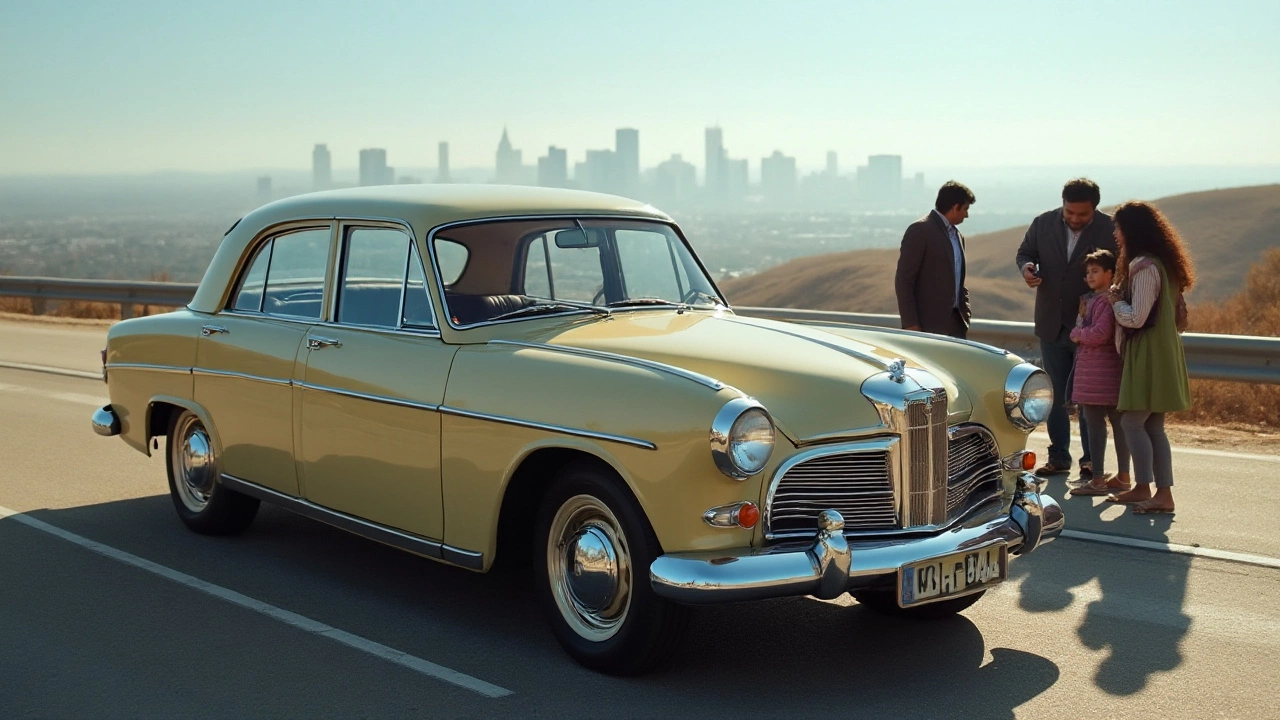Understanding the 25-Year Vehicle Rule in India
If you own a car that's hitting the 25‑year mark, you’ve probably heard the term “25‑year vehicle rule” floating around. In simple words, this rule says that once a vehicle turns 25 years old, it can’t be registered as a regular road‑going vehicle in most Indian states. The government introduced it to keep old, less‑safe cars off the streets and to push people toward newer, cleaner rides.
What the Rule Means for Car Owners
First off, the rule applies to both locally manufactured and imported cars. When your vehicle reaches 25 years, you’ll need to apply for a special “vintage” registration if you still want to drive it. This vintage plate comes with higher road tax, stricter emission checks, and limited insurance options. Many states also require a fitness certificate every year after the car hits the age limit.
One common misconception is that the rule automatically bans the car from being sold. That’s not true – you can still sell it, but the buyer will inherit the vintage status and its extra costs. If you’re planning to export the car, the 25‑year rule usually doesn’t apply, but you’ll have to clear customs and meet the destination country’s regulations.
How to Deal with Vehicles Over 25 Years
Got a classic that’s just turned 25? Here’s a quick checklist: 1) Get a fitness certificate from a recognized garage. 2) Apply for a vintage registration at your local RTO (Regional Transport Office). 3) Pay the higher road tax – it varies by state, but expect around 5‑10% of the car’s market value. 4) Update your insurance – some insurers offer special policies for vintage cars that cover only limited risks.
If you don’t want to go through the vintage process, the easiest route is to export the car or scrap it. Exporting can be profitable if the car is a rare model; you’ll need a bill of lading, customs clearance, and a clear title. Scrapping, on the other hand, lets you get a small amount of money back as metal value, and you avoid the yearly tax burden.
Another tip: keep all service records handy. When you apply for the vintage plate, the RTO may ask for proof that the car has been well‑maintained. A tidy service book can speed up the approval and may even lower your tax if the vehicle passes stricter emission norms.
Remember, the rule isn’t a punishment; it’s a safety measure. Cars older than 25 years often lack modern safety features like airbags or ABS, and their emissions can be higher. By complying, you not only stay on the right side of the law but also contribute to cleaner roads.
Bottom line: when your car hits the 25‑year milestone, act fast. Decide whether you’ll keep it as a vintage collector’s piece, export it, or scrap it. Gather the needed documents, pay the extra tax, and you’ll be back on the road without any legal hiccups.
Understanding the 25-Year Rule for Importing Vehicles to the USA from India
The 25-year rule plays a crucial role in the importation of vehicles not manufactured in the USA, impacting enthusiasts and collectors. This regulation permits importing cars that are at least 25 years old in the interest of safety and emissions control. The article delves into how this rule affects Indian automobile manufacturers and enthusiasts in the USA. It also discusses recent trends and common misconceptions about vehicle importation.
Read More


